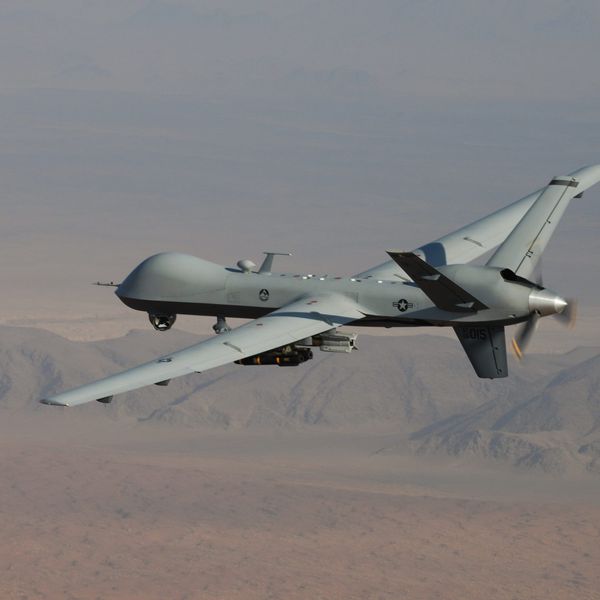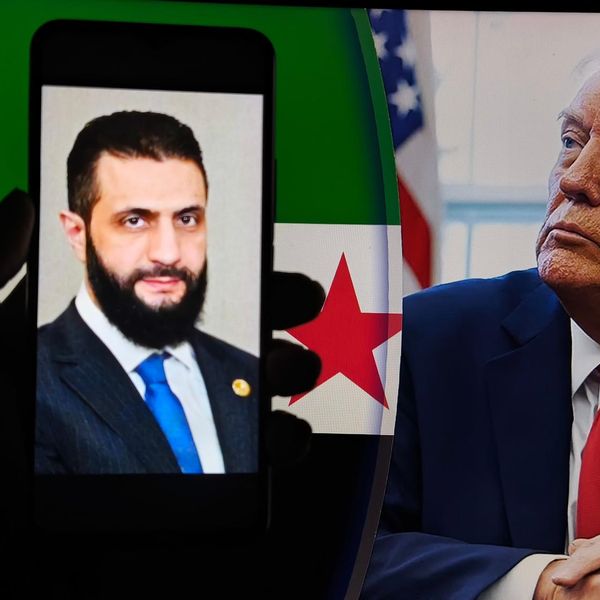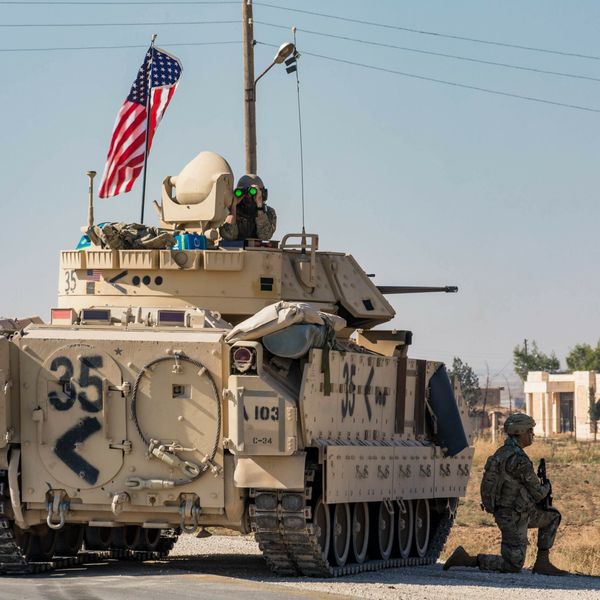Fifty years is a long enough time to dissipate the impact of war.
In the United States, the Vietnam War is no longer much discussed. Scholars still plow the field, but the war that tore America apart, spurred a counterculture movement, killed 57,000 Americans (and vastly more Vietnamese, Laotians and Cambodians), led to a restructuring of the U.S. military and the all-volunteer force, and was an impetus to Desert Storm no longer shapes the discourse.
My students were born in 2002 or 2003; they’re voting age. Even those with living grandparents who served in Vietnam don’t know much if anything about the conflict. Of course, there have been intervening failures that proved costly, although not on the same scale. But proximity bias — the hard-wired human tendency to accord greater importance to things that are closer than others in time or distance — ensured that the mayhem generated by the Iraq and Afghan Wars would eclipse the awfulness of Vietnam.
The Yom Kippur War of 1973 has likewise receded in the Israeli imagination. But its specter is more complex. The 2,500 Israeli soldiers killed (a fraction of the 15,000 Arabs who perished) was three times the per capita human cost of the Vietnam War to the United States. I was in Israel during that time, and everyone knew someone who’d been killed. The war was also far shorter, about 10 days, so the casualty list had an outsized emotional impact. It was not the long slog of Vietnam, but rather an avalanche.
Early in the war, Syrian armor destroyed the Israeli tank brigade deployed to the Golan Heights and reached Gesher B’not Yaakov (Jisr Banat Yaqub). Just beyond it was the Jezreel Valley. The prospect of a large Syrian armored formation penetrating the Israeli heartland was as ghastly for Israelis as it must have been thrilling for the Syrians. The United States has never experienced anything like this, including 9/11.
In the space of this instant, violence burgeoned. The largest tank battle since World War II, when German and Soviet armored juggernauts collided at Kursk, unfolded on the Golan. Fierce battles developed in the Sinai and then on the left bank of Suez, where Israeli forces encircled an entire Egyptian army. A week into the war, the U.S. launched its largest-ever intra-war arms transfer. For days, U.S. C-5 cargo aircraft touched down at Israeli airfields every six minutes. The airlift, however, occurred after Israel had regained its balance and counterattacked, halting an hour outside of Damascus and holding Egyptian territory — in addition to the Sinai, where Israel stopped the main thrust of Egyptian armor toward the mountains passes and destroyed the advancing units.
The war also included other dramatic moments. Apparently believing that the Soviets were preparing to intervene militarily on Syria’s behalf, the Nixon administration raised the United States’ nuclear readiness level, an extraordinary step. Saudi Arabia led an OPEC oil embargo against the United States that carried profound implications for its economic and political stability for the ensuing decade, bringing the so-called long summer of postwar economic growth to an end and guaranteeing an era of sluggish economic growth and high inflation.
The long-term effects of the war on Israel were profound as well. The outcome, despite the phenomenal recovery of Israeli forces under the much maligned but in fact highly competent IDF chief of staff, was traumatically dislocating for an Israeli public accustomed to thinking that its victory in the 1967 war rendered the state immune to Arab military challenge.
Within four years, the Labor Party that had dominated Israeli politics in one form or another since 1948 was dislodged. Trust in the old elites was shattered. The intelligence community failed to credit the Egyptian and Syrian commitment to waging war. Across the board there was a conviction that the conditions under which the Arabs would launch an offensive simply did not exist. And Military Intelligence disregarded Mossad’s success in recruiting a senior member of Egyptian President Anwar Sadat’s entourage who underscored that a war was in the cards. Moreover, the Israeli prime minister, Golda Meir, who had presided over the disaster, had heeded stern guidance from Nixon and Kissinger not to preempt Arab war preparations when these were finally acknowledged 24 hours before the start of hostilities.
Whether or not this was a wise call on Washington’s part, it certainly increased the butcher’s bill Israel was to pay and undermined the Labor government. Meir would come under attack later for having ignored Sadat’s peace feelers following the 1969 War of Attrition along the Suez Canal. Sadat, however, tended to frame his overtures as demands for an upfront Israeli withdrawal from all of the Sinai Peninsula, which the Israeli government could not meet. There was plenty of blame to go around. In any case, combined with serious ethnic tensions generated by the political mobilization of Mizrahim — Jews who had immigrated from the Arab states of the Middle East and North Africa — the cratering of Labor credibility enabled the ascendance of the Likud Party.
Half a century later, what lingering significance does the war have? Israel and Saudi Arabia are negotiating normalization, which will entail a civilian Saudi nuclear capability that is inherently dual-purpose. The Abraham Accords have already normalized Israel’s relations with Bahrain, the UAE, Sudan, and Morocco. Egypt and Jordan have longstanding peace treaties with Israel. Syria has been neutered by a long, destructive civil war. Lebanon has ceased to exist as a functioning state and has not engaged Israel in hostilities since 2006. Two eviscerating wars with the United States removed Iraq as a potential combatant of the old rejectionist front.
A cataclysmic ground war between Israel and its neighbors has been inconceivable during this veritable Age of Aquarius. But if the Yom Kippur War is no longer relevant, the present irenic reality — excluding the West Bank and Gaza — is largely due to the instrumentalization of that conflict by the Nixon administration for the purpose of peacemaking. One really can’t contemplate these developments without implicitly thinking about the 1973 war.
Another potent outcome of the war was the diplomatic process that surrounded the ceasefire and the years that followed. Kissinger gets credit for this, not unfairly. He was not one to waste a crisis. He seized the opportunity the war presented to use Sadat’s evident interest in joining the Western camp and Israel’s reliance on American support to bind each closer to Washington while crowding out the Soviet Union. Although his diplomatic strategy yielded disengagement agreements on both fronts, the fact remains that Egypt and Israel had embarked on a quiet bilateral process even as the guns were still cooling.
Sadat had waged the war to shatter the status quo by drawing Israeli blood and bringing the U.S. into the conflict. His goal was the negotiated return of Sinai to Egyptian control. The war, for him, had a clear and well-defined political purpose. Although the seven years that preceded the Camp David Accords were at times touch and go — down to the climactic talks themselves — the so-called peace process would be difficult to imagine without the bloody impetus of 1973. Kissinger’s key insight, regrettably abandoned by his successors but seemingly grasped now by Beijing, is that it pays to maintain ties with both sides in a conflict.
As the Arab-Israeli conflict has devolved to Israel and the Palestinians, this lesson of the 1973 war has faded for Israel as well. Israel’s use of force now has no political objective. Its purpose is solely conflict management and deterrence. To borrow from Lord Carrington’s verdict on NATO, it is to keep the Palestinians down, the U.S. out, and wealthy Persian Gulf states in.
Yet, perversely, the possibility of change is in the air. Prime Minister Benjamin Netanyahu’s far-right coalition partners are less interested in managing the level of violence on the West Bank than in informally annexing it. Their commitment to Israeli settlement of the West Bank is greater than their interest in grand geopolitical deals that might boost the Tel Aviv stock exchange but defer redemption of biblical lands. One could construe the hard right’s agenda as restoring a true political objective to Israel’s fight with the Palestinians.
The 1973 war also altered Israeli military doctrine. Planners have recognized that — beginning with that war — Israel has not won any major ones. (Neither has the United States.) The reasons for this are legion, but one stands out: the losers do not concede defeat. They take a licking but keep on ticking. Hence the most recent development in Israel’s military doctrine, accorded the acronym Mabam, meaning “the battles between the wars.”
The idea is that major wars are no longer decisive and will therefore recur periodically. The best course is to delay these wars and weaken adversaries’ ability to wage them by fighting draining low-level battles in the interim. This makes some sense, naturally, but militates against any attempt to leverage the fighting to achieve durable peace. This applies to the Palestinians as well. Their violence is expressive, perhaps reflecting their view that there is no conceivable political objective.
There’s a larger theme here, though. The international system was vastly different in 1973. The Cold War framework in which the United States and Soviet Union conducted their foreign policies and made it possible for Sadat to conduct a war with such a bold but cogent purpose is long gone. We will see whether the U.S.-China in the Middle East recreates it.
The leftist post-colonial Arab states that fought Israel are scarcely even remembered. The Israeli state and society that fought the Yom Kippur War, like the America that waged war in Vietnam, no longer exists. The values that animated it no longer shape the nation’s thoughts and actions.
Fifty years after the war, this should come as no surprise. In the ongoing demonstrations against judicial reform in Israel, one can see veterans of 1973 claiming that their wartime sacrifice would be betrayed by the triumph of the hard right. They are correct, but they’re old duffers and out of touch with young Israeli mainstream voters, who, if they dwell on the 1973 war at all, likely see the left as the guilty party. Thus, policy makers, mostly in the West, can noodle about the war’s lessons for diplomacy and statecraft, but for Israel — and the Arabs — it’s ancient history.
















